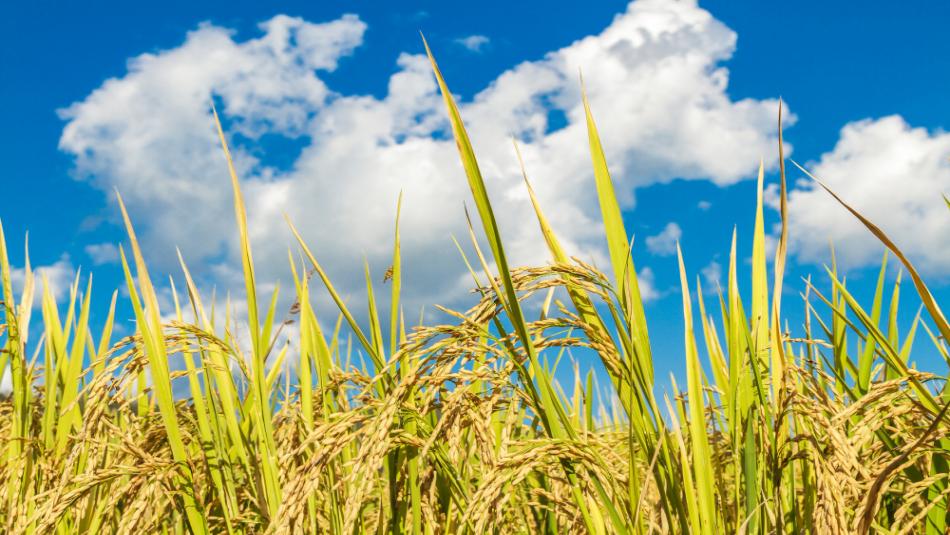
During the kharif season, rice cultivation plays a pivotal role across India, and the quality of seeds is crucial to the success of this crop. In this context, Pusa Basmati 1886 has emerged as an exceptional variety, offering not only higher yields but also strong resistance to diseases.
Developed by the Indian Agricultural Research Institute (IARI), Pusa Basmati 1886 is particularly suitable for the Basmati-growing regions of Haryana and Uttarakhand. On average, it yields 44.9 quintals per hectare, but with optimal management, it can produce up to 80 quintals per hectare. This variety has natural resistance to major diseases such as Bacterial Blight and Blast, allowing farmers to achieve high-quality and high-quantity yields with reduced chemical inputs.
For Pusa Basmati 1886, the recommended seed quantity is 16–20 kilograms per hectare. The ideal sowing period is between May 15 and June 15. Transplanting should be done 25–30 days after sowing in the nursery. During transplanting, maintain a row-to-row distance of 20 cm and a plant-to-plant distance of 15 cm to provide sufficient space for healthy growth.
This variety requires a fertilizer ratio of 80:50:40 (N:P:K). Half of the nitrogen should be applied as base fertilizer, along with the full amounts of phosphorus and potash. For irrigation, keep the field flooded with 5–6 cm of water for the first 2–3 weeks after transplanting, then adjust irrigation based on soil moisture. It is essential to maintain proper moisture during flowering for optimal grain filling.
Weed Control: For effective weed control, Butachlor 50 EC can be sprayed, providing effective control during the early stages of weed growth.
Disease and Pest Control Measures:
Disease Control: To protect against Gum Blight and Bacterial Leaf Blight, apply Carbendazim at 500 grams per 500 liters of water per hectare. It is most effective when sprayed before symptoms appear.
Pest Control: To safeguard against pests such as Stem Borer, Leaf Folder, and Rice Weevil, use the following options:
Mix the chemicals with 500–600 liters of water and spray them across the field. Alternatively, Cartap Hydrochloride 4G can be applied at a rate of 25 kg/hectare.
Rice Weevil Control: For controlling Brown Plant Hopper, spray Confidor (Imidacloprid) at 200 ml per 500–600 liters of water per hectare.